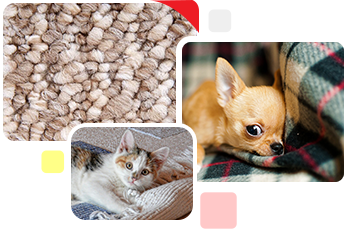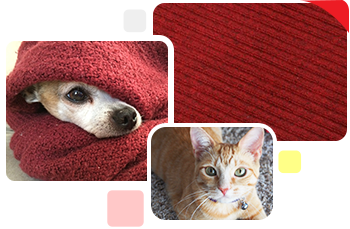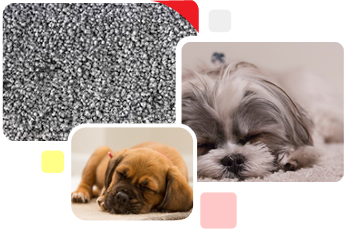Man made carpets
Useful Buyers Tips
The two main types areman made fibres, nylon (polyamide) and polypropylene (olefin). Occasionally you will see polyester though more often as part of an overall mix.



Nylon fibres are made by extruding melted polymer chips through fine "sieves" rather like children squeezing Play Doh® through shaped holes. When first made, the fibres were rounded in profile. This was found to make carpet fibres behave like magnifying lenses to stains, which looked more prominent as a result (nylon fibres are transparent)!
The first nylon carpets were found to flatten more easily than wool. Companies such as Monsanto and DuPont voraciously set about improving nylon fibres which has resulted in a fantastic product difference today.
Fibres started to be extruded as pentagonal and octagonal profiles which virtually eliminated stain magnification and the artificial shine associated with man made fibres.
Stain resistance was improved by adding fluorochemical stain resistance and acid dye blocker (early nylon was particularly prone to food acid and toilet cleaner damage).
Next, the scientists turned their attention to nylons wearability issues. Fibres were wound and then stretched to pull their molecules tighter together. Fibres were subjected to winding together (ply effects) and heatset treatments which effectively "set" spring like qualities into the carpet (this is a very laymans way of describing it).
Stretching of the fibres not only improves toughness but has led to finer filaments and the onset of softer feeling carpet.
Today this is the basis of scientific sounding marketing brands and of terms such as "bouncebackability" and "bouncebackfibres". As far as the consumer is concerned, nylon makes a seriously good carpet - not a product whose claims are unjustified.
Americans have taken far more to nylon carpets than Europeans who tend to prefer wool. Wool lovers should take a fresh look at nylon - skyscrapers full of scientists have changed it beyond recognition, it certainly won't be what you remember!

